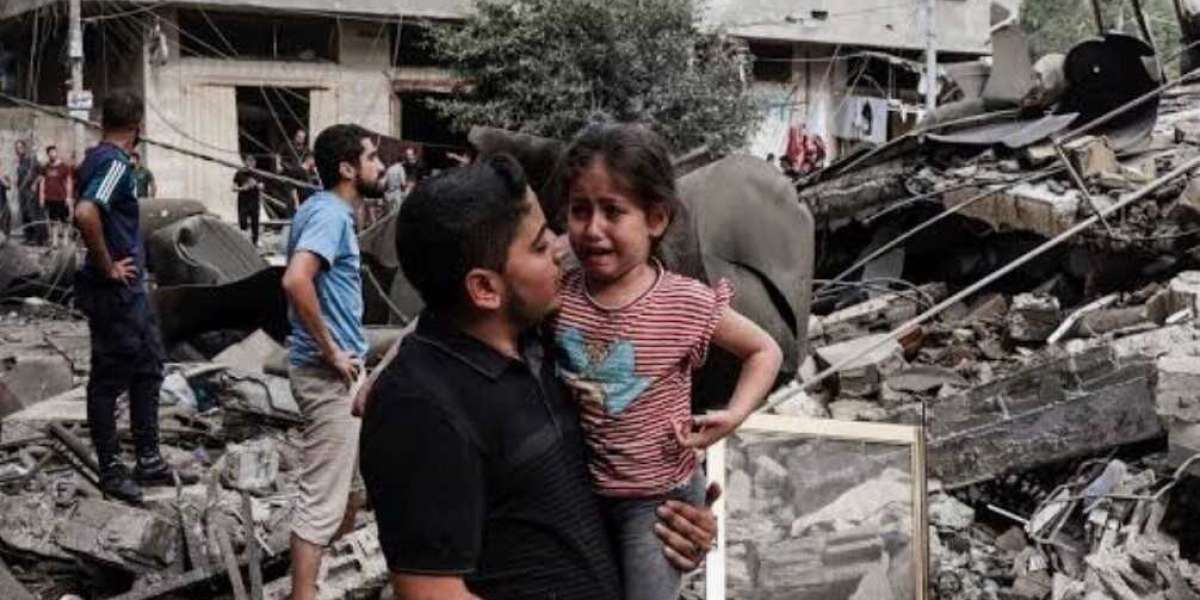The humanitarian situation in Gaza remains critical, shaped by years of conflict, economic instability, and limited access to essential resources. The region’s population faces a myriad of challenges, ranging from food insecurity to inadequate healthcare and education. Understanding the current humanitarian needs in Gaza is vital for crafting effective responses and supporting the people who live there.
This article explores the key areas where aid is urgently required, highlighting the role of international organizations, governments, and individuals in addressing these pressing issues.
- Food Security
Food insecurity is one of the most pressing humanitarian concerns in Gaza. A significant portion of the population struggles to access sufficient and nutritious food. The ongoing blockade and restrictions on imports have severely limited agricultural productivity and food availability.
Staple foods such as bread, rice, and lentils are often in short supply, and many families depend on international food aid to meet their daily nutritional needs. Malnutrition, especially among children, is an alarming issue, underscoring the importance of food programs that focus on both quantity and quality.
- Access to Clean Water
Water scarcity is a critical issue in Gaza, with over 90% of the water from the region's aquifer deemed unsafe for human consumption. Limited access to clean water exacerbates health problems, particularly among children and vulnerable populations.
Humanitarian efforts in this sector often focus on providing water purification systems, repairing damaged infrastructure, and delivering bottled water. Sustainable solutions, such as desalination projects and improved water management, are also being explored but require significant funding and technical expertise.
- Healthcare Services
The healthcare system in Gaza is under immense strain, with hospitals and clinics often operating at full capacity and lacking essential supplies. Chronic shortages of medicine, medical equipment, and trained personnel make it difficult to provide adequate care.
The situation is particularly dire for patients with chronic illnesses or those requiring specialized treatments. Humanitarian efforts often prioritize the delivery of medical supplies, the establishment of temporary clinics, and the training of healthcare workers to address these challenges.
- Housing and Shelter
Decades of conflict have left many families in Gaza displaced, living in overcrowded or inadequate shelters. Damage to homes and infrastructure, coupled with limited resources for rebuilding, has created a housing crisis.
Humanitarian organizations frequently focus on providing temporary shelters, repairing homes, and advocating for long-term solutions to ensure safe and secure housing for displaced families.
- Education and Opportunities for Children
Education is a fundamental need in Gaza, but the ongoing conflict has disrupted schooling for thousands of children. Many schools are overcrowded, operating in shifts to accommodate all students. Additionally, a lack of resources such as books, desks, and technology further hampers learning.
Organizations working in Gaza often prioritize providing educational materials, funding teacher training programs, and building new schools. Access to quality education is essential for giving children hope and preparing them for a brighter future.
- Employment and Economic Stability
Unemployment in Gaza remains alarmingly high, particularly among young people and women. The economic blockade has crippled local industries, leaving many families without stable incomes. Humanitarian programs aimed at economic empowerment focus on creating job opportunities, supporting small businesses, and providing vocational training.
Promoting economic stability is a long-term goal that requires international cooperation and investment in sustainable development projects.
- Mental Health and Psychosocial Support
The psychological toll of living in a conflict zone cannot be overstated. Many people in Gaza, especially children, suffer from trauma, anxiety, and depression. Mental health services are limited, making it difficult for individuals to access the care they need.
Humanitarian organizations are increasingly recognizing the importance of mental health support, offering counseling, group therapy sessions, and community-based initiatives to help individuals cope with the challenges they face.
- Energy and Power Supply
Frequent power outages are a persistent issue in Gaza, affecting homes, schools, and hospitals. The lack of reliable electricity hampers nearly every aspect of daily life, from cooking and heating to medical care and education.
Efforts to improve the energy situation often involve providing fuel for generators, repairing damaged power lines, and exploring alternative energy sources such as solar power to ensure a stable supply.
- Women’s and Children’s Needs
Women and children in Gaza are among the most vulnerable groups, often facing unique challenges such as limited access to healthcare, education, and employment opportunities. Programs that focus on maternal health, childcare, and women’s empowerment are crucial for addressing these needs.
Humanitarian organizations also work to protect women and children from violence and exploitation, ensuring their safety and dignity in difficult circumstances.
- Strengthening International Cooperation
The humanitarian needs in Gaza are too vast for any single organization or government to address alone. Collaborative efforts between international agencies, local organizations, and donors are essential for creating sustainable solutions.
Advocacy and awareness campaigns also play a critical role in mobilizing resources and political support for the people of Gaza. By working together, the global community can make a meaningful difference in addressing the region’s humanitarian crisis.
Conclusion
The current humanitarian needs in Gaza are diverse and urgent, encompassing food security, healthcare, education, and more. Addressing these challenges requires a multi-faceted approach that combines immediate relief with long-term development efforts. By understanding the specific needs of the population and collaborating with trusted organizations, individuals and governments can play a vital role in alleviating suffering and fostering hope for a better future.








